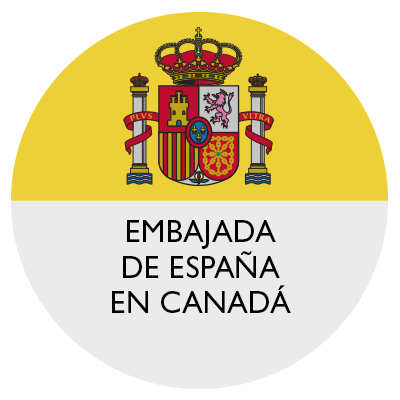Nazi Collaborator Leon Degrelle Flees to Spain
Creator: Martín, Vicente
Source:
Kuko Fototeca, KUTXA_MACA_1_2733_2526_00001
Date Created: 1945-05-08
Extent: 1 item
43.32242, -1.98389
A major concern for Allied intelligence in 1945–1946 was to measure the continued existence of overt Nazi activities in Spain. The Allies had an immediate fear of Nazi “stay-behind” or “werewolf” groups within the German colony that would continue to advocate Nazi ideology and seek to integrate it into the life of the German colony and Spanish society more generally. These werewolf groups were never large in number, nor were they ever a real threat to the Spanish state or to security in general; nonetheless, they were present and active, clearly on the lookout for favors from the Spanish government, and perhaps even influence over the Franco regime on certain matters.
As a result, the Allies developed a program which sought to deport former Nazis from Spain and other neutral states to the occupation zones of Germany where they could go through denazification procedures. This repatriation program was, in many ways, an extension of the denazification process being implemented in German territory.
In 1945, the British and US Embassies in Madrid compiled a list of 1600 suspect individuals, but by 1947, the Allies requested that only 104 be deported. Approximately 265 Germans were deported from Spain in 1946 and 1947, but none was from that list. Others returned voluntarily to Germany and, although it is impossible to calculate how many, it is safe to conclude that these numbers were small. The primary reason the number of deportees was so small was that the Franco regime protected these Nazis.
A secondary Allied concern were Nazis who entered Spain as the Second World War ended, seeking refuge and hiding from persecution. There were two notorious cases. One was Leon Degrelle, leader of the fascist Rexist Party in Belgium, who had collaborated extensively with Nazi occupiers there. The photo shows the plane that carried him to Spain after it crash landed on the beach of San Sebastian on 8 May 1945. Degrelle’s Belgian citizenship was revoked on 19 December 1945, but he was allowed to stay in Spain, acquired Spanish citizenship, and made his first public appearance in 1954. He died in Málaga in 1994.
Another such figure was Otto Skorzeny, an Austrian-born member of the SS who was infamous for rescuing Italian fascist leader Benito Mussolini from prison in September 1943. Skorzeny escaped from an Allied detention camp in occupied Germany in 1948. By 1952, he settled in Spain. He was one of more than 100 Nazi officers who lived there. He ran an import-export business in Madrid, maintained ties to many former Nazis, and often appeared in the Spanish press through the 1960s talking about his wartime exploits. He died in Madrid in 1975.
DM







